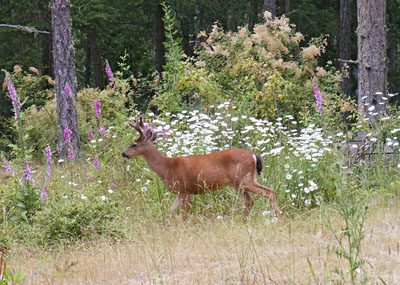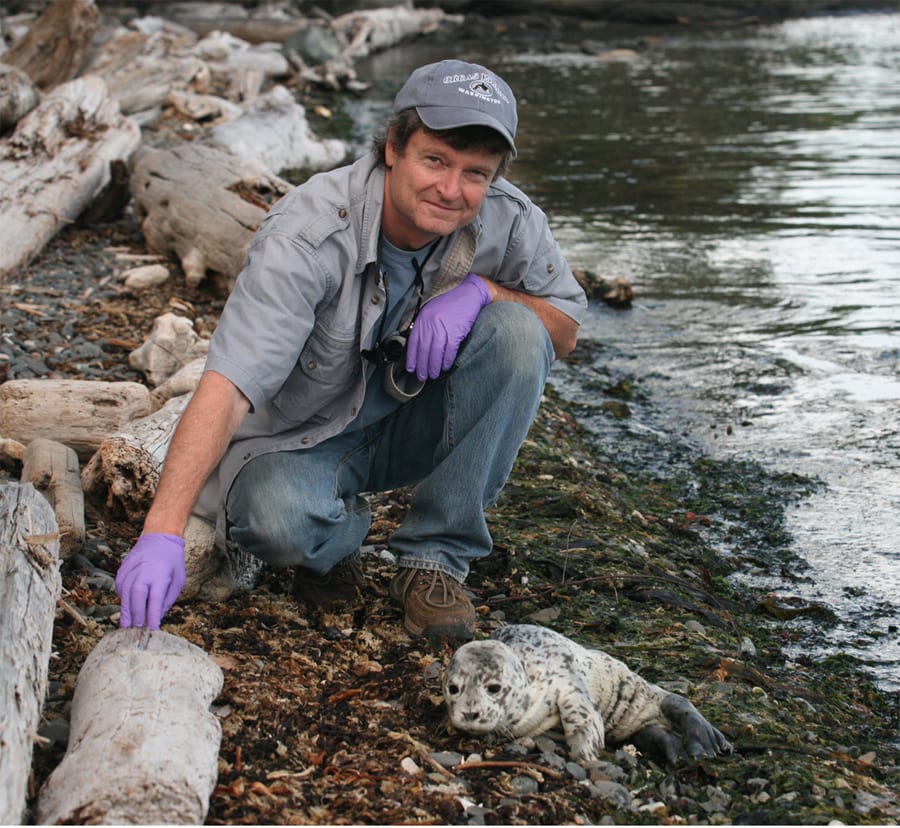Posted by Sandi
We’re fortunate to have many conservation-oriented organizations in the San Juan Islands dedicated to understanding, preserving and restoring our ecosystems. One of the most important is the SeaDoc Society, based on Orcas Island.
 SeaDoc sponsors a very cool Marine Science Lecture Series on Orcas in the fall/winter. I’ve been to many of these and highly recommend them. Get there early as they’re usually packed! It starts with cookies and refreshments, followed by a slide presentation with a scientist, then Q&A. It’s a fun educational event for all ages. Click here for the schedule. The next one is December 11th and focuses on potential local impacts of Climate Change.
SeaDoc sponsors a very cool Marine Science Lecture Series on Orcas in the fall/winter. I’ve been to many of these and highly recommend them. Get there early as they’re usually packed! It starts with cookies and refreshments, followed by a slide presentation with a scientist, then Q&A. It’s a fun educational event for all ages. Click here for the schedule. The next one is December 11th and focuses on potential local impacts of Climate Change.
SeaDoc is now posting videos of these informative presentations on their website. The October lecture was fascinating and one well worth watching: Indirect Effects of Humans on Native Species and Ecosystems.
[youtube=http://youtu.be/902lIFH1qIs]
The biggest takeaway for me was that our deer population, which is 10 times larger than it was when we had apex predators on the island, is responsible for large declines in native plant variety and therefore songbirds — two of my loves. Professor Peter Arcese, the lecturer from University of British Columbia, says responsible stewardship is the only way to reduce the deer population so that the ecosystem can begin to recover.
Stewardship is a nice word for hunting, which I’ve been adamantly opposed to. However, this lecture really opened my eyes as to the impact of letting the deer population run wild. Our current hunting law, though, permits up to two deer to be “taken” per hunter per year. Venison anyone?


